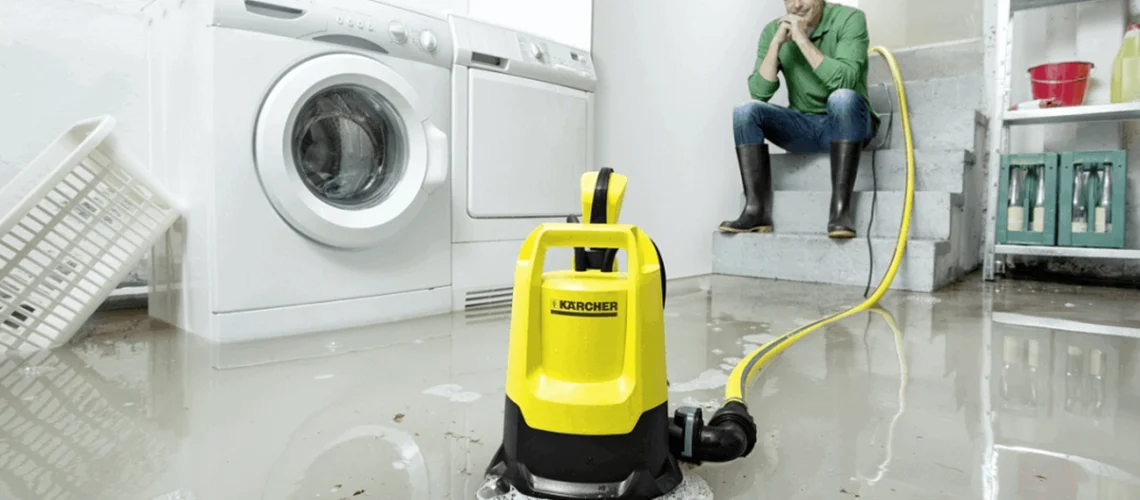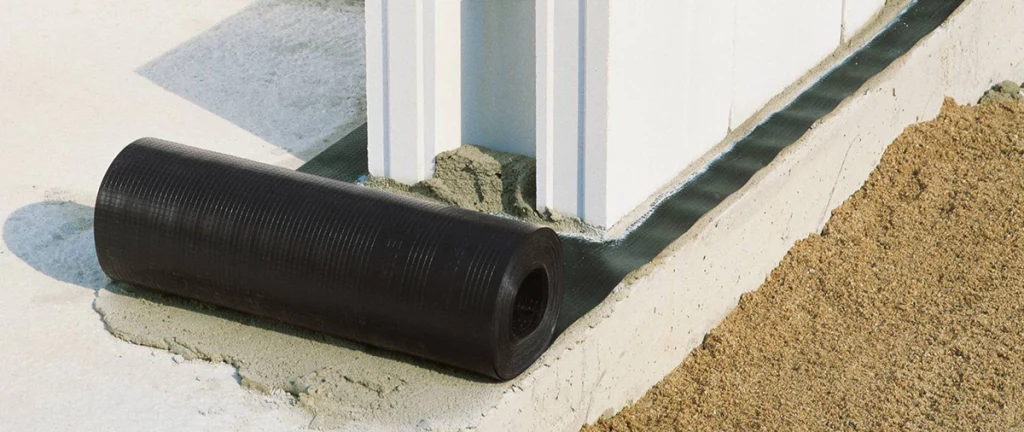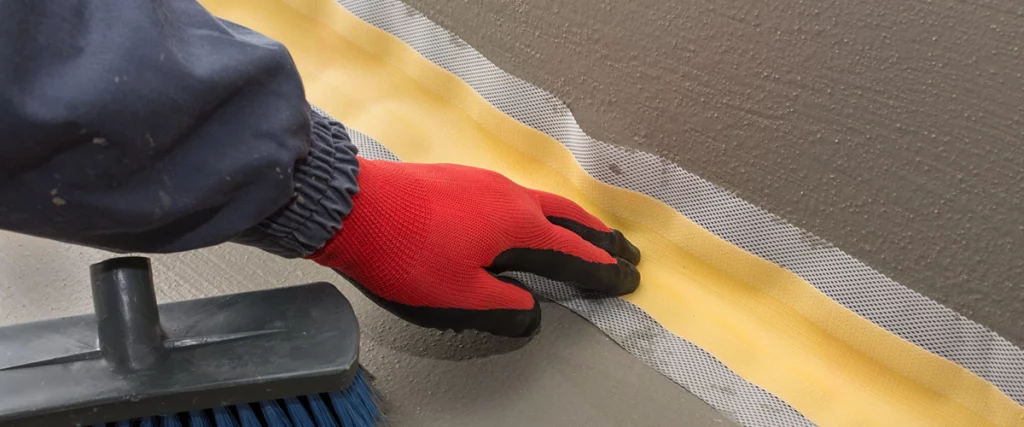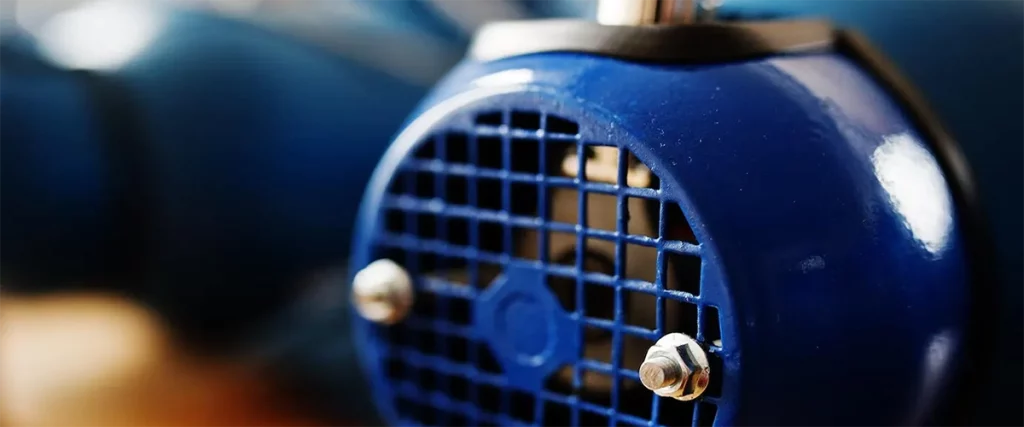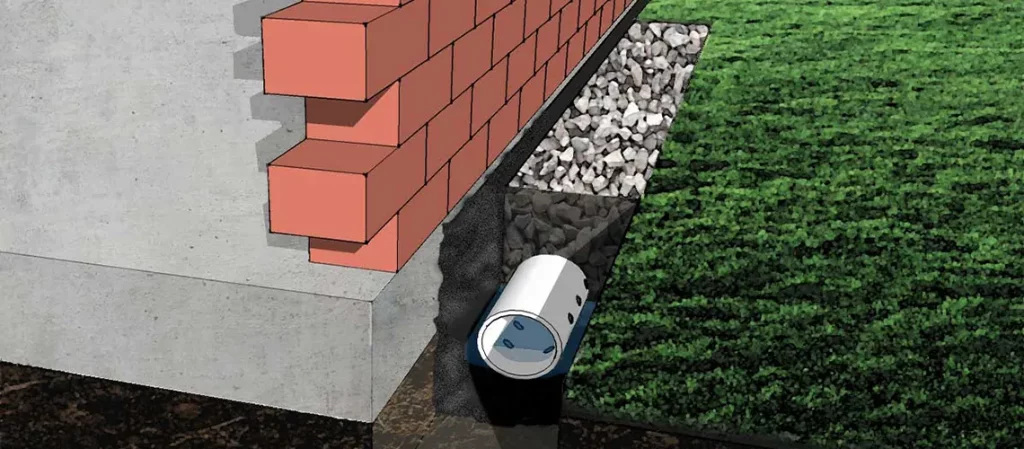Basements are prone to moisture and flooding issues, which makes having a reliable sump pump system essential for any homeowner with a below-ground space. Selecting the right sump pump can mean the difference between a dry and a damaged basement. This guide will walk you through everything you need to know to choose the best sump pump for your needs.
Contents
Understanding Sump Pumps
A sump pump is an essential appliance designed to protect your home from flooding, particularly in areas where basements are prone to becoming waterlogged. By automatically pumping out water that accumulates in a sump basin, typically located in the lowest part of a basement or crawlspace, sump pumps prevent water from rising to levels that could cause damage to the home’s structure and create conditions for mould and mildew growth.
How Sump Pumps Work
A typical sump pump setup includes a sump pit where water collects. This pit acts as a reservoir for excess water, which can come from rain, natural groundwater, or melting snow. The sump pump, which is installed in or near this pit, activates when the water reaches a certain level, detected by a float switch. Once activated, the pump expels water through a discharge pipe leading away from the house, thus keeping the area dry.
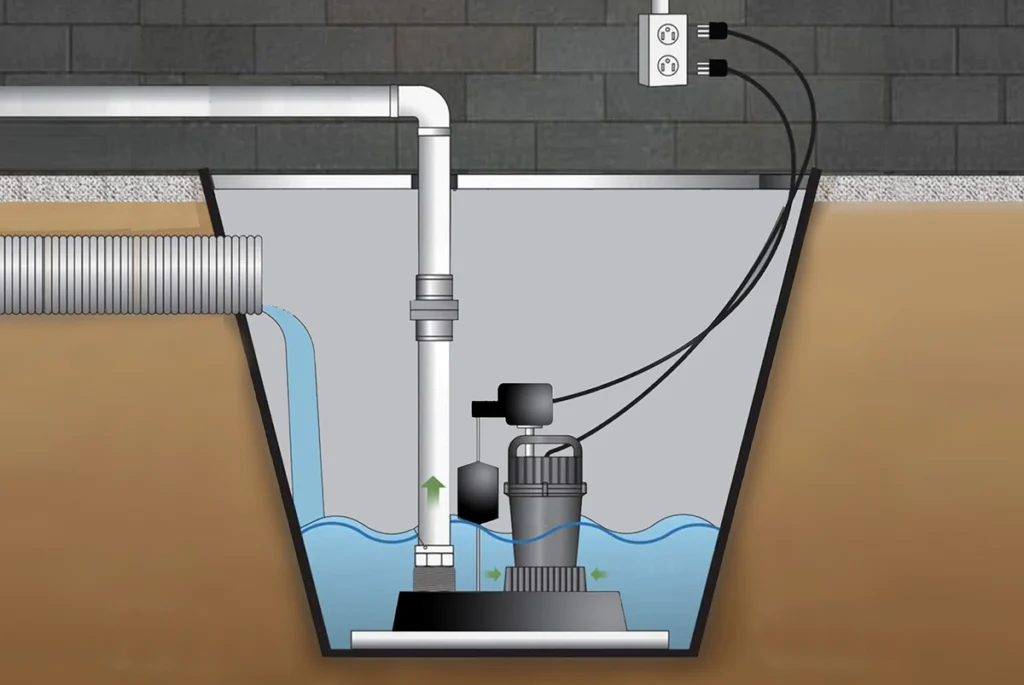
Types of Sump Pumps
There are two main types of sump pumps: submersible and pedestal.
- Submersible Sump Pumps: These are installed completely underwater in the sump pit. They are designed to be waterproof, which makes them ideal for handling high volumes of water quietly and efficiently. Because they are submerged, they tend to last longer due to the cooling effect of the water, and they are less obtrusive than other types of pumps.
- Pedestal Sump Pumps: These have a motor mounted above the sump, keeping it away from water. This type of pump is easier to service since the motor is accessible, but it can be noisier and takes up more space. It’s typically less expensive than submersible pumps but also less powerful.
Choosing the Right Sump Pump
Selecting the correct sump pump involves considering several factors, such as the volume of water to be moved, the size of the area to be drained, and how often the area receives water. It’s also essential to consider the head pressure, which is the height that the pump needs to lift the water to get it out of your basement. More powerful pumps can handle higher head pressures and larger volumes of water.
Benefits of Having a Sump Pump
- Prevents Flooding: By promptly removing excess water, sump pumps prevent the accumulation that leads to flooding.
- Reduces Mould and Mildew: Keeping the basement dry helps to prevent the growth of mould and mildew, which can damage your home and health.
- Protects Foundations: Water that accumulates around or under the home can lead to structural issues. A sump pump helps maintain the integrity of your home’s foundation.
- Increases Property Value: Homes with effective water management systems, including sump pumps, are more appealing to buyers and may command a higher market price.
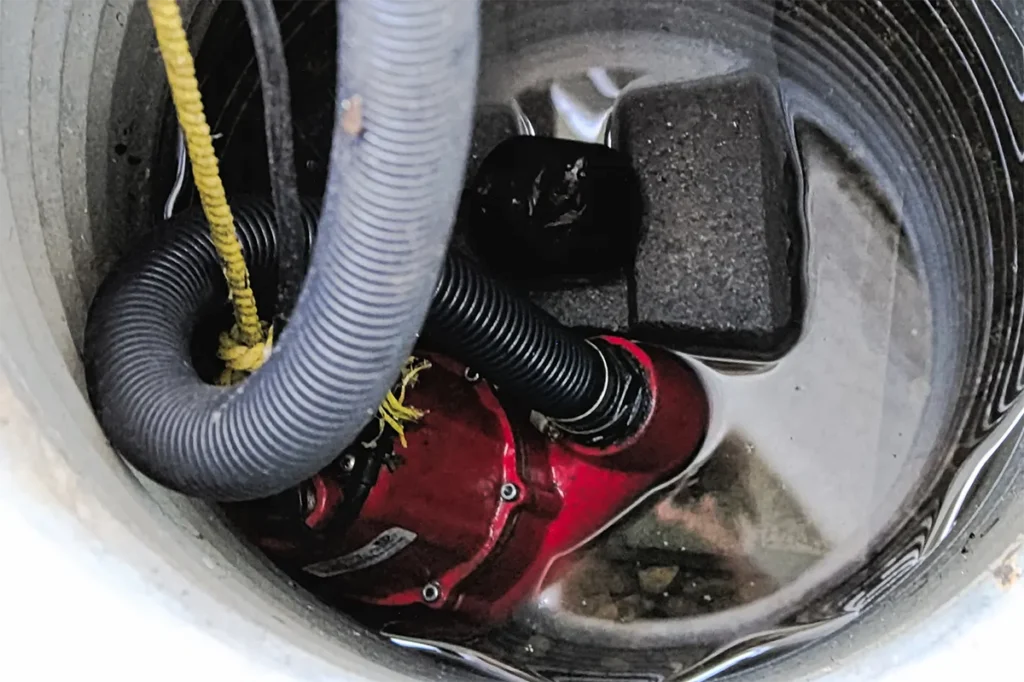
In summary, understanding the function and types of sump pumps can help you choose the right one for your needs, ensuring the longevity and safety of your home’s lower levels. Whether you opt for a submersible or pedestal pump, the key is to ensure it is suitable for the volume of water you expect to manage and that it is installed correctly.
Choosing the right sump pump and maintaining it can save you from costly repairs due to water damage. Ensure you select a pump that fits your needs and follow the recommended maintenance practices to keep your basement dry.
FAQs
For large basements that encounter significant amounts of water, a submersible sump pump is generally the best choice. These pumps are designed to handle higher volumes of water efficiently and operate quietly, as they are submerged in the water within the sump pit. They are capable of dealing with both the high water flow and the debris that might come with it without clogging, making them ideal for extensive basements that need robust flood protection.
It is advisable to check your sump pump at least once a year, preferably before the rainy season begins. Regular maintenance checks should include testing the pump by pouring water into the pit to ensure it activates and pumps the water out effectively. Also, clean any debris from the pit and check the battery backup (if applicable) to ensure everything is operational. For areas with frequent water issues, checking the pump more frequently, such as quarterly, is recommended.
Yes, it is possible to install a sump pump yourself if you have basic plumbing and electrical knowledge. The process typically involves digging a sump pit, placing the pump, installing the discharge pipe, and ensuring proper electrical connections. However, if you are not confident in your abilities to handle electrical and plumbing work safely, or if the installation is complex, it is better to hire a professional. Professional installation ensures that the sump pump is set up correctly and operating at its best efficiency.
If your sump pump stops working, first check the power supply to ensure it is plugged in and receiving power. Check the circuit breaker as well. Next, inspect the pump itself for clogs or debris in the pit or on the intake screen. Verify that the float switch is not stuck and can move freely. If these quick fixes don’t restore functionality, the pump may need more thorough maintenance or possibly a replacement. If troubleshooting doesn’t solve the issue, calling a professional is advisable.
Yes, battery backups are a worthwhile investment for sump pumps, especially in areas prone to power outages during storms—the very conditions when a sump pump is most needed. A battery backup ensures that the sump pump continues to operate even when there’s no power, providing continuous protection against flooding. This can be crucial for preventing water damage during severe weather conditions and is highly recommended for homes in flood-prone areas.



